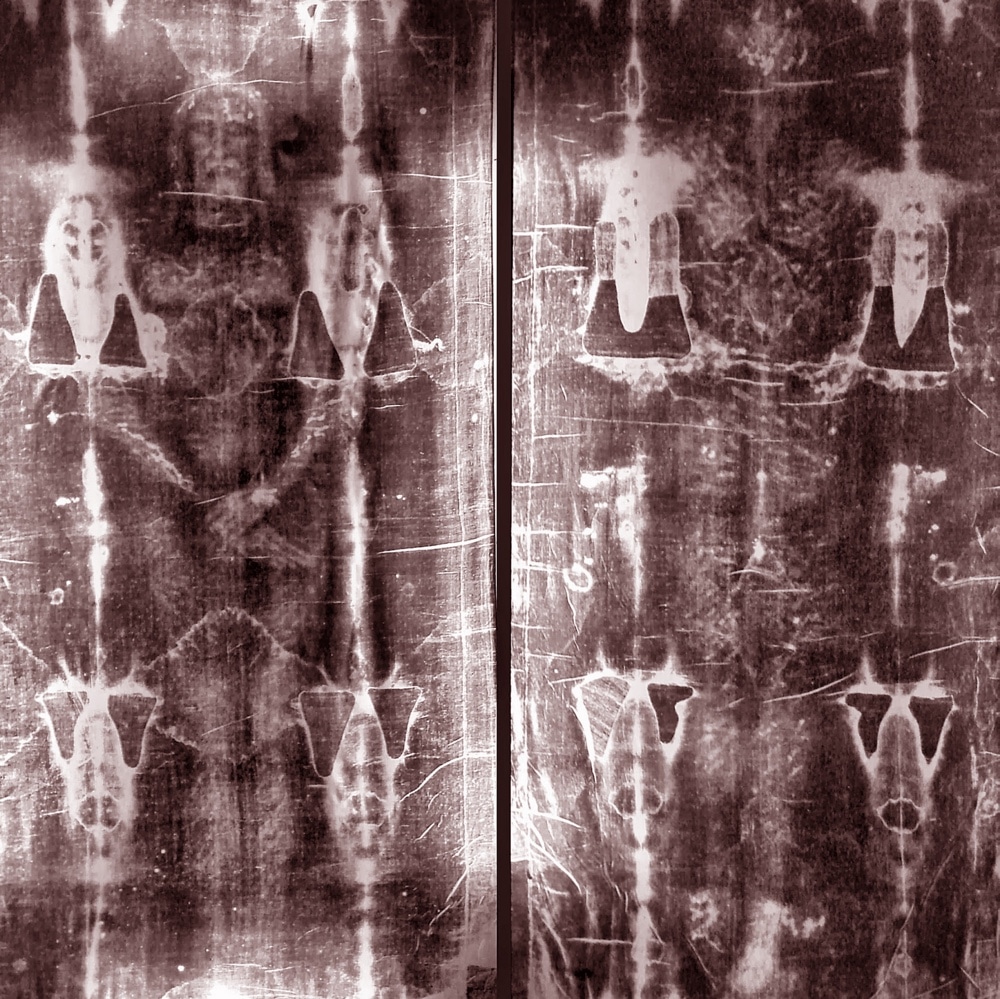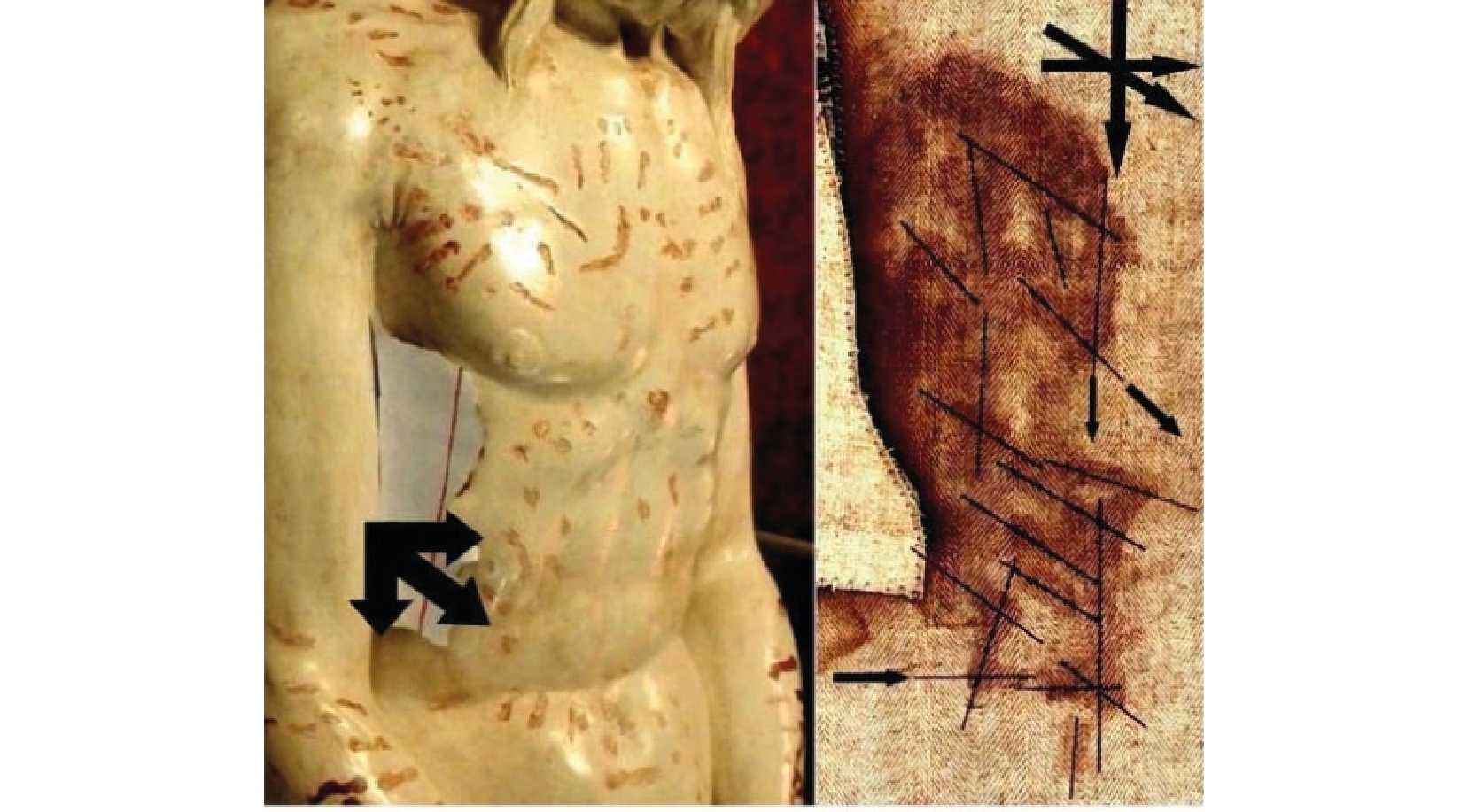(ZENIT News / Rome, 29.08.2024).- The Shroud of Turin, an object that for centuries has generated both devotion as well as skepticism, is again the center of scientific attention. A recent study directed by Professor Giulio Fanti of the University of Padua and veteran researcher of the Shroud, contributes new proofs that reinforce the theory that this fabric is Jesus of Nazareth’s authentic funeral canvas.
The study, which was published in July of this year, included a detailed analysis of the blood stains on the Shroud. Fanti and his team carried out a “macroscopic:” and “microscopic” examination to assess the direction of the blood flow and its distribution in the fabric. The analysis revealed that the blood stains are consistent with the wounds described in the Gospels, including those caused by the crown of thorns, the flagellation and the crucifixion.

The microscopic examination identified three types of blood, which reflect different states of the body: before death, during torture and after death. These findings coincide with the biblical descriptions of Christ’s Passion, which suggests that the Shroud of Turin could have wrapped the body of a man who experienced a suffering similar to Jesus’.
Fanti’s team also discovered nanoparticles such is creatine, which are associated to extreme stress, and evidence of microcytic anemia, a condition that made Jesus’ breathing difficult during the crucifixion. These findings suggest that Jesus could have suffered a heart attack due to His extreme effort to breathe, which finally would have caused His death.
Thia study is added to a growing number of researches that hold that the Shroud of Turin dates to Jesus’ time. In 2017, a team of the University Hospital Padua had already suggested that the image on the Shroud corresponds to a person who died the same way as Christ, as recorded in the Gospels.
Beyond the analyses of blood, recent research has tested the antiquity of the Shroud, using advanced technologies such as wide-angle X-ray scattering (WAXS).This method enabled scientists to analyze the deterioration of the linen’s cellulose, which led to the conclusion that the Shroud is some 2,000 years old, which would situate it in the time of Christ.

This finding contradicts a 1988 study that dated the Shroud in the Middle Ages, suggesting that it was a falsification. However, current researches, such as that of Dr Liberato De Caro, have argued that the sample used in 1988 could have been contaminated, thus affecting the precision of the results.
Despite the advances in research, the Shroud of Turin continues being an enigma for many. Although science has contributed proofs that. strengthen the possibility that the canvas is authentic, the Vatican has never pronounced itself officially on its authenticity. In the meantime, it continues to be an object of veneration for millions of Christians who consider it a sacred relic of Jesus’ crucifixion.
The mystery of the Shroud of Turin persists and, with it, the fascination and debate around one of the most studied and controversial objects of religious history. The latest discoveries bring us somewhat closer to the truth, but they also remind us that, in the intersection between faith and science, some questions might remain without a definitive answer.



